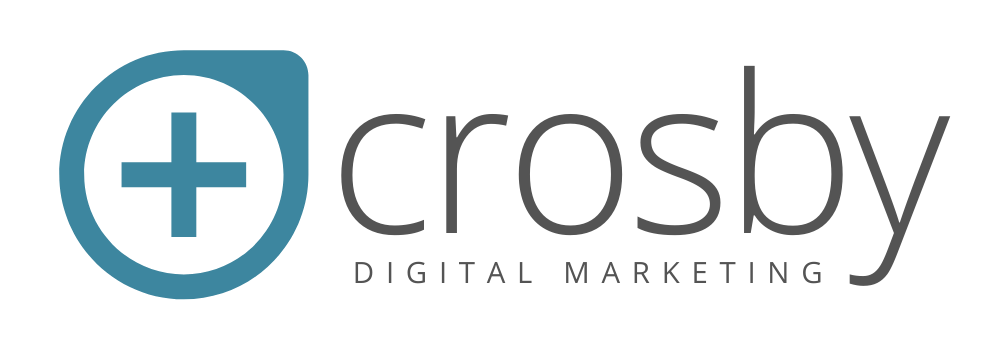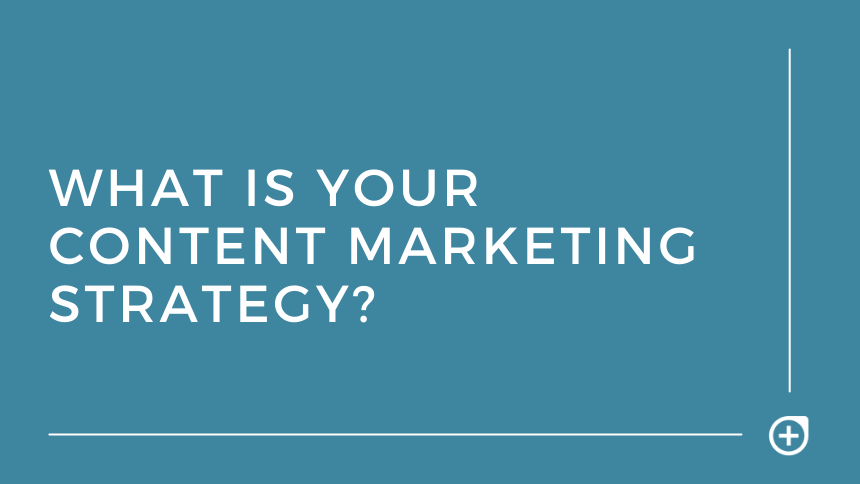Facebook Ads Guide for Financial Services Companies

Are you looking for new ways to promote your business online as we head into 2022? If you’ve never used Facebook to promote your financial services business, you’re in for a treat. Facebook is the most popular social network with close to 2 billion daily active users. So if you’re looking for new customers, Facebook is the place to be. By running a quality Facebook Ads campaign, you can promote your business where potential customers are spending their time.
Crosby Digital Marketing helps financial service businesses build and manage Facebook Ads campaigns that put your business in front of more prospective customers.
Facebook Ads is a Tool for Accounting, Bookkeeping, and Financial Planning Businesses
The best part about Facebook Ads is that small financial firms can compete with national companies. This is a game-changer for local companies who previously didn’t have the budget or reach to compete.
Facebook Ads works for small and large businesses alike and allows small businesses a seat at the table.
Below is a list of 10 tactics you can use to set up and manage a competitive Facebook Ads account.
1. Define a Goal for Your Facebook Ads Campaign
The first step in starting any advertising campaign is to define your goals. Start by asking yourself these questions:
- What service are you trying to sell?
- Who is your customer? (i.e. Who is your target audience?)
- How much money do you have to spend each month?
- How much is a new lead worth to you?
- What has worked in the past? What hasn’t worked?
- Do you have business operations in place to manage the new business? (i.e. Will someone answer the phone when the leads start to roll in?)
Any Facebook advertising manager should be asking these questions before launching a new campaign. You have to know what you’re selling, how much you can spend, and how you will handle new leads or your campaign will lack focus and execution.
2. Create Quality Ads
Facebook is a visual place. People love pictures and videos. Therefore your Facebook ad campaign should include visually-appealing ads. If you have a high-quality business video, that’s a great place to start when running Facebook Ads because you can simply upload the video to see if it fits into Facebook’s parameters. You can view Facebook’s advertising guidelines here.
If you don’t have a video, high-quality and relevant images are also a great way to get noticed. I’m sure most people who surf the Facebook feed regularly can pick out ads from organic content easily. That’s because most ads are boring and basic. Make sure you use high-quality images with colors or imagery that will stand out on the page.
You will also need to come up with headlines and descriptions for each of your ads. Facebook surfers will notice the image first and then the headline second, so make sure the headline is relevant, catchy, and describes exactly what you’re trying to accomplish. Don’t assume people know what your goal is; tell them quickly. Facebook also lets you put text on your images, so creating a quality ad design can increase your chances of being noticed by searchers.
3. Create a Relevant Webpage or Landing Page
Once someone clicks on your ad, you want to take them to a relevant landing page on your website or a standalone landing page. No matter where you send someone once they’ve clicked your ad, the landing page should be hyper-relevant to the ad they’ve clicked. If your ad was for small business monthly bookkeeping services, don’t push them to your website’s homepage or to a general services page. Create a page that focuses specifically on your small business monthly bookkeeping services. Include details about this service, pricing, list of services offered, testimonials, FAQs, and relevant calls to action.
Just make sure that the landing page is relevant to whatever the ad is promoting. We’ve all clicked an ad or a link online that has directed us to a broken page or a page that isn’t relevant. It’s frustrating. Don’t do that to your customers. Give them as much information as you can on the landing page to help answer their questions and to communicate how you can help them.
4. Set up Calls to Action on your Website
As I mentioned above, calls to action are important with any advertising campaign. In the financial services industry, you’re probably focused on getting calls, so make sure your phone number is prominent and clickable. Another call to action is contact form submissions. You can set up a contact form on your landing page that people can fill out to schedule a call or to request additional information about a service you offer. You can also set up calls to action around marketing tactics, such as signing up for a free webinar or local in-person event you’re hosting.
As I mentioned above, make sure your landing page content and your calls to action are relevant to your goals and to your ad copy. If your goal is to get people to sign up for a webinar, only having a phone number is not ideal. You need a form that says “Sign up for our free webinar.”
No matter what your goals are, remember to create relevant calls to action on your site that prompt people to take action.
5. Set up Your Pixel and Conversion Events
Since we already talked about setting up calls-to-action, it’s likely you will want to track incoming conversions. A conversion is an action someone takes on your website. This can be a phone call or a contact form fill. To track conversions from Facebook, you’ll need to add a Facebook Pixel to your website. A Pixel is a small piece of code you will need to place on your website. When you set up a Facebook business account, you will have access to setting up and installing a pixel on your website. Here is a how-to from Facebook on installing a Facebook Pixel.
Once your Pixel is installed on your website, you can start tracking conversion events on your site, such as a contact form submission. You can do this by tracking whenever someone clicks on the “Send” button or you can set up a thank you page that opens once someone has submitted the contact form. You can simply track how many times someone lands on the thank you page. You can also track phone number clicks on the website. So whenever someone lands on your landing page after clicking your ad, the Facebook Pixel will track whenever someone clicks on the phone number to call you. There is also different call tracking software, such as CallRail, that you can use to record and track calls from different ad campaigns such as your Facebook Ad campaign.
If you will be tracking the return on investment (ROI) of your campaign, which I highly recommend you do, it’s important to set up your Facebook Pixel and start tracking Conversion Events on your site. Tracking your ROI will help you determine if your ad campaign is working or if you need to move your ad budget elsewhere.
6. Use Facebook for Retargeting
Have you ever visited a website and then started seeing ads for that company across the web? That’s called retargeting or remarketing. Facebook Ads allows you to show ads to people on the Facebook platforms who have visited your website or specific pages on your website.
Using retargeting ads allows you to remind people about your services and to consistently put your brand in front of your potential customers.
One of the major benefits of retargeting ads is that you can create campaigns to target customers who have visited specific pages on your website. For example, you can show Quickbooks training Ads to people who have visited your Quickbooks training landing page. We assume someone is interested in a specific service you offer if they’ve visited that page on your website, so we want to get back in front of them with retargeting ads before they forget about you and move to another company.
7. Target Specific Groups of People or a Niche Audience with Facebook Ads
Facebook’s benefit to advertisers is the amount of data they provide for ad targeting. Setting up a broad campaign with broad audience criteria is a way to reach a lot of people, but chances are you have a specific type of customer in mind when you think about your different services. Facebook Ads lets you target small segments of people based on age, gender, and interests. This makes targeting specific groups of people incredibly easy.
There are an infinite number of audience combinations you can use to target a range of audience types.
We help financial service providers with Facebook Ads.
Facebook Ads is a powerful tool when used correctly. The Facebook Ads platform can also be confusing and difficult to navigate if you’ve never used it before. Crosby Digital Marketing works with financial services companies to create effective Facebook Advertising strategies that will help drive new customers to your business online.
Contact us for more information on
Facebook Advertising.
$50.00
Purchase the Bookkeeping Marketing Bundle
Comprehensive marketing guide created specifically for bookkeepers, plus 5 tools to help you grow your bookkeeping business.
- On-Page SEO Checklist
- Content Marketing Worksheet
- Pick a Niche Worksheet
- 6 Months of Social Media Post Ideas
- Google Ads Search Term Starter Kit for Bookkeepers


